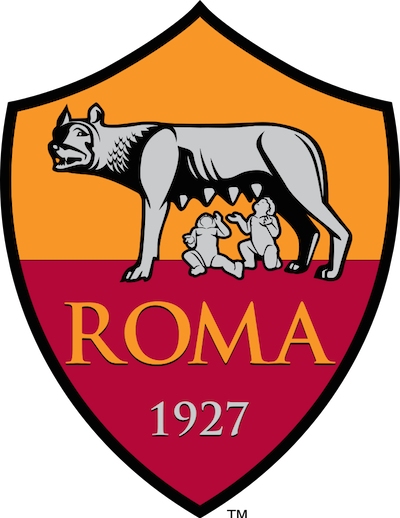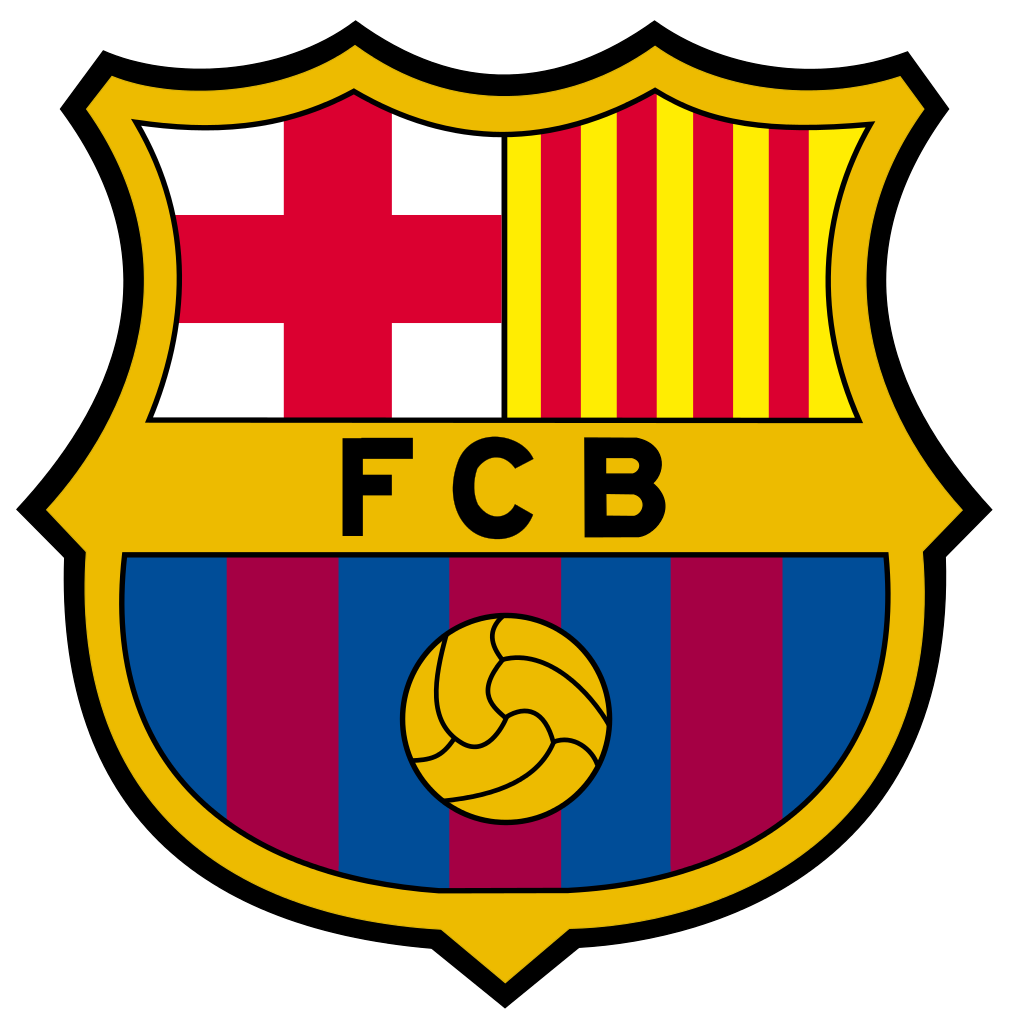offpitch | 2015-09-11
The new problems FIFA has with La Masia are loaded with flaws of their own
FIFA’s sanction for the Masia case keeps generating problems for FC Barcelona’s academy. There are three new issues. In August, the Catalan club, following FIFA’s indications, had to force a few players out of La Masia completely. The players in question had been banned by FIFA from playing for Barça, but were continuing human, educative and sporting formation with the club’s support. In second place, Barça were unable to register the players they had signed this summer for the academy teams and who, according to the regulations of the Spanish Federation, could be registered starting September 1st, once the club registration ban was over, since there is no official registration period for academies. FIFA extended the rule that applies to professional football – where signings can only be registered during the two transfer windows each season – and forbid Barça from registering the players that Jordi Roura had signed. That means that until the winter transfer window opens (January 4th in Spain) Barça cannot register any player, regardless of age. Finally, the third problem is the case of the eleven players who were playing for Barça because they were registered to do so. FIFA has now told the club that the situation of these players has to be analyzed again as a step in the process of obtaining the federative license to play again. Barça has already given FIFA the paperwork regarding each case and are hoping for a quick solution.
In the Camp Nou offices there is a feeling that FIFA changes the rules often and there’s no record of this anywhere: all the instructions that the club receives are verbal, none in writing, which doesn’t give the blaugrana club an option at a legal defense. In mid-August FIFA asked for a meeting to check how the ban was enforced and the surprise was that the legal department of the global organization had a new interpretation of the ban, a more restrictive one. “Why now?” the Catalans were asking themselves. Barça doesn’t understand why this change of criteria happens 8 months after the Court of Arbitration for Sport ratified the sanction.
The most painful thing is that the banned players who were not yet legally allowed to play (to be so they would have had to be in Catalonia for five years or to reach the age of 18 for non European Economic Area players and 16 for EEA players) have had to leave La Masia. And it’s not just about not allowing them to play, but about their training and formation as people. The club regrets that the young players are the real victims. Even if they don’t share FIFA’s new interpretation of the sanction, Barça, following president Bartomeu’s decision to implement a zero risk policy regarding these issues, informed the players of the new directives they day after they had received them and carried out the instructions they were given.
The hardest case is the one of the Cameroonian player Patrice Sousia, who has had to leave La Masia being 16 years old. Unlike other kids, his situation would be very hard if he returned to his country given the fact that he comes from a very poor family and Barça was offering him a notable improvement in terms of living conditions. Patrice came to La Masia after he was spotted playing with the ball on the street by an agent who worked for Eto’o’s foundation, which collaborated with Barça’s academy. Impressed by the kid’s talent, the agent wanted to know why he was playing on the street during school hours and Patrice told him that his parents couldn’t afford to register him for school. Now, Patrice is living in the house of a former teammate of his from Juvenil B and is waiting to see if he can play football with any club.
Barça is in a delicate situation, because they can’t renege on the commitment they make to players who they sign for La Masia. They guarantee them an education until they turn 18, even if the coaches decide at one point that their future isn’t at Barça. Now they cannot fulfill this commitment to Sousia. The club will act carefully, but they’re sure that someone – an institution or a company – will help the kid until he’s of legal age and can normalize his situation.
Six of the other kids who had been banned by FIFA, Ben Lederman (USA), Bobby Adekanye, Fode Fofana (The Netherlands), Takefusa Kubo (Japan), Kais Ruiz (France) and Matías Lacava (Venezuela) have left the club already. The case of the Korean player Jang Gyeol Hee is unclear right now. Some sources claim he was released by the club, others that not yet. He will turn 18 in April and he could be registered then. But April is a long time away and he won’t be allowed to train at La Masia until then. Lee Seung Woo, the brightest star from the academy, turns 18 on January 6th and he can be registered on that day. Both him and Jang are currently at the U17 World Cup in Chile with the Korean national team until November 8th. Seung Ho Paik is 18 already but he cannot be registered until January either. The last of the cases who were part of the initial FIFA investigation is that of the French player Theo Chendri, who has turned 16, which is the required age for EEA players, and has already been registered and is playing normally.
The situation with the 11 kids who have been suspended now pending FIFA’s investigation into their cases is another problem. Some of the cases are very clear: Imad El Kabbou was born on April 2nd in Lakrakcha, Morocco. When he was 2 years old his family moved to Calafell and he started playing football in the town’s local academy. In 2011, he signed for Barça.
Anssumane Fati, ‘Anssu’ as he is known, was born in Bissau, capital of Guinea-Bissau, like his brother Brahima who plays for Juvenil A. When Anssu was a few months old the family moved to Herrera (Sevilla), where his father started to work. Before signing for Barça he played for Escuela de Fútbol Peloteros and Sevilla.
Almost all of the 11 kids who are suspended now, came to Barça from other Spanish teams, like the aforementioned Imad and Anssu. Ilaix played for Espanyol and Konrad played for Damm. Erick came to Barça from Kelme, where he played between 2005 and 2012, after moving with his family to Elche a few months after he was born in Guayaquil, Ecuador.
But the child with the most troubled past of all is surely Labinot Kabashi. He was born on February 28th 2000 in Skënderaj, a city in the North of Kosovo, who was inhabited solely by Albanese people. The region was the poorest of the country and the one in which a few months before the Kosovo War had started. The ethnic cleansing done by the Serbian forces started a massive emigration of the Albanese population. The Kabashi ended up in Catalunya and Labinot played for Sallent and Gimnástic de Manresa before signing for Barça.
From a legal perspective Barça won’t do anything right now. The relationship with FIFA is broken and the conversations are being carried out with possible candidates for FIFA’s presidency. The club’s wish is for Article 19 – the one that the club disregarded and which led to this situation – is changed and that La Masia is included as an exception to the rule, an excellence center that gives future Sousias a chance at a better life, even if it’s just with an academic education.
Anything wrong? Send your correction.





